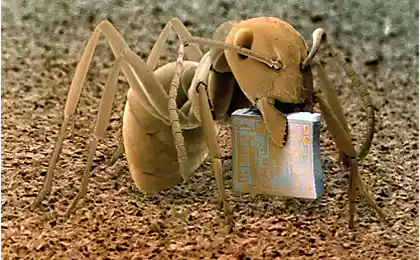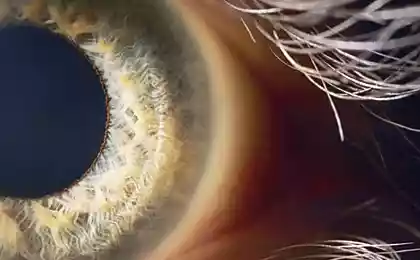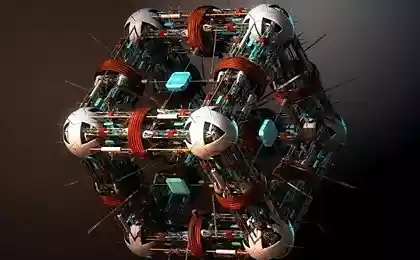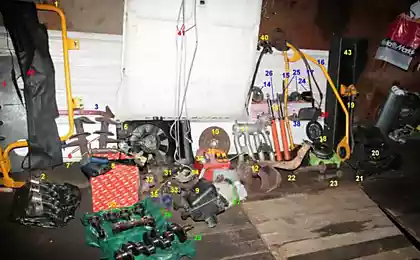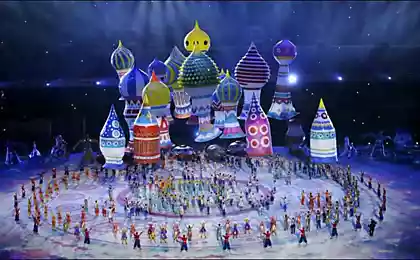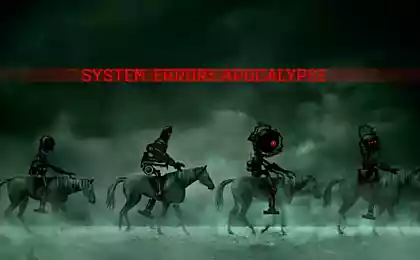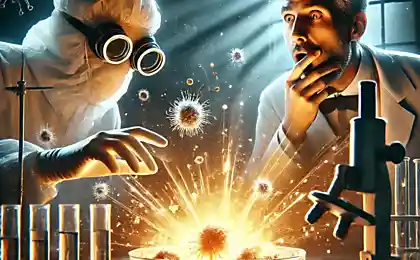607
10 unconventional uses of nanotechnology
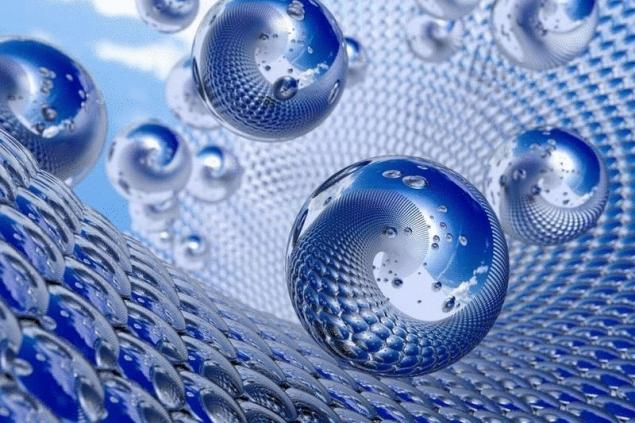
It is difficult to imagine a future without nanotechnology. The manipulation of matter at the atomic and submolecular levels has paved the way for major breakthroughs in chemistry, biology and medicine. However now the application of nanotechnology is sometimes beyond even the most curious, our fantasies and realities.
Movies A Boy And His Atom: The World's Smallest Movie You're about to see the movie that holds the Guinness World Records™ record for the World's Smallest Stop-Motion Film (see how it was made at youtu.be/xA4QWwaweWA). The ability to move single atoms — the smallest particles of any element in the universe — is crucial to IBM's research in the field of atomic memory. But even nanophysicists need to have a little fun. In that spirit, IBM researchers used a scanning tunneling microscope to move thousands of carbon monoxide molecules (two atoms stacked on top of each other), all in pursuit of making a movie so small it can be seen only when you magnify it 100 million times. A movie made with atoms. Learn more about atomic memory, data storage and big data at www.ibm.com/madewithatoms
Without the invention of the scanning tunneling microscope (STM) in the 1980-ies, the area of nanotechnology could remain science fiction. With atomic precision STM physicists were able to examine the structure in a way that was not possible with conventional optical microscopes.
The amazing potential of STM was demonstrated by scientists from IBM, when they created "a Boy and his atom", the world's smallest animated film. It was created by moving individual atoms on the surface of copper.
A 90-second film depicts a boy from molecules of carbon monoxide, playing with a ball, dancing and jumping on the trampoline. Created from 202 frames the animation takes place in the square, is equal to 1/1000 the size of one human hair. To make a movie, the scientists used a unique feature of STM: electrically charged and very sharp stylus with a single atom as a tip. The stylus can determine the exact position of carbon on the surface of the animation (in this case — on a sheet of copper). It can also be used to create images of molecules and move them to new positions.
Нефтедобыча

Global spending on oil exploration has increased exponentially over the last ten years. However, the efficiency of oil production remains a serious problem. When the oil company closed the wells, of which less than half of the extracted oil. The rest remains trapped in the rock because it would be too expensive to produce. Fortunately, thanks to nanotechnology scientists in China have found a way around it.
The decision was to improve the existing method of drilling. The original technique involves injecting water into the rock pores where oil is located. This displaces the oil and brings it out. However, this method has its limitations. At a certain point instead of oil begins to leave the water.
To prevent this, Chinese researchers Peng and Ming yuan Li came to the idea of infusing water with nanoparticles that will close the passages between the pores of the rock. The water will choose the narrow path in the pores containing oil and to push it out. Successfully proved itself in tests in China, this method increased the efficiency of oil production, reaching 50% of the oil, which otherwise were out of reach.
Displays with high разрешением

Images on computer screens are presented with the help of tiny dots — pixels. Regardless of their sizes and shapes, the number of pixels on the screen remains the determining factor in image quality. However, in the case of conventional displays, more pixels means large and bulky screens which is not very convenient.
While companies are busy selling giant screens to consumers, scientists from Oxford University have discovered a way to create pixels to a few hundred nanometers in diameter. This can be achieved by using the properties of the material, changing the phase, called GST. In the experiment, the researchers used a set semiaromatic layers of GST sandwiched between transparent electrodes. Each layer — just 300 by 300 nanometres acts as a pixel that can be switched on and off by electric. Passing an electric current through the layer, the scientists were able to image with high quality and contrast.
Nanopixel will serve for different purposes, when the traditional pixels will become impractical. For example, their tiny size and thickness will make them a great choice for technologies such as smart glasses, foldable screens and artificial retina. Another advantage nanopixel displays is their low power consumption. Unlike the existing displays that are constantly updating all the pixels for imaging, layer-based GST only updates part of the display that saves energy.
Paint that changes цвет
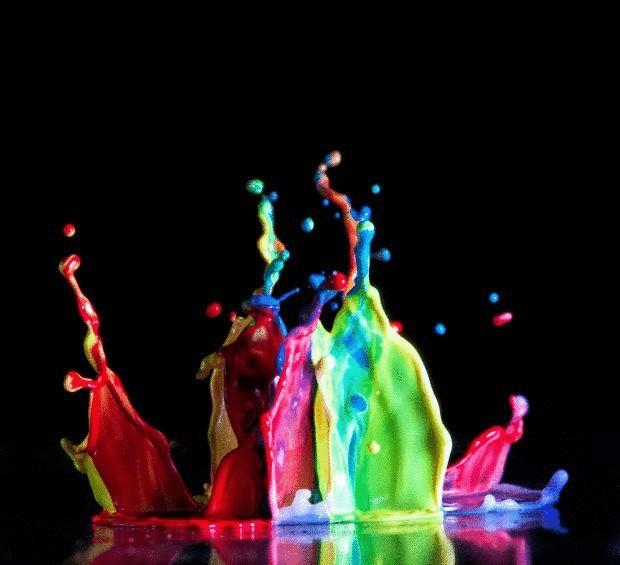
During the experiments with threads of gold nanoparticles, scientists from the University of California stumbled upon an amazing thing. They noticed that the color of gold changes when the thread is stretched or compressed, changing from bright blue to purple and then to red. The experiment inspired the scientists to create sensors out of gold nanoparticles that change color when they are under pressure.
For the production of such sensors gold nanoparticles were added to a flexible polymer film. When the film is subjected to pressure, it expands and causes discoloration particles. A light tap makes the sensor in purple, strong — red. Scientists have noticed this interesting feature not only gold particles, but the particles of silver, which change its color to yellow when stretched.
Such sensors can be used for different purposes. For example, you can include them in the furniture or beds, to determine a person sits or sleeps. Despite the fact that the sensor is made of gold, its small size helps to overcome the problem of cost.
Charging телефонов
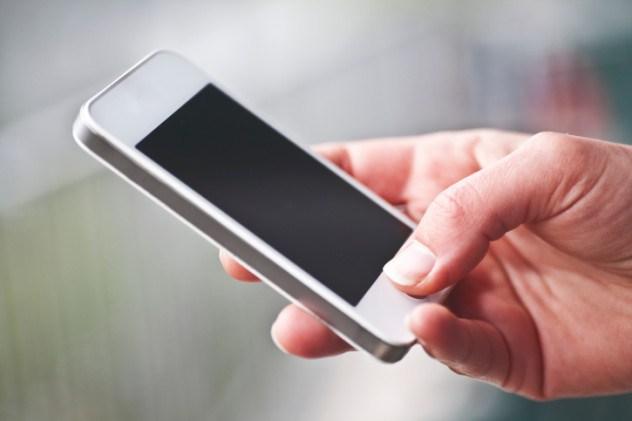
Be it iPhone, Samsung or any other phone, every smartphone leaving the production line, has two major shortcomings: battery life and the time of charging. And although the first problem is urgent, scientists from the city of Ramat Gan in Israel were able to solve the second problem by creating a battery that recharges in 30 seconds.
This breakthrough was closely associated with the project for the study of diseases Alzeihmer by scientists from the University of tel Aviv. Scientists discovered that the molecules of peptide that reduces the neurons of the brain and cause disease, have a high capacity (ability to store electric charge). This discovery was picked up StoreDot, a company that is trying to turn nanotechnology in the target consumer products. With the help of scientists, StoreDot has developed NanoDots — a technology that uses the ability of peptides to improve the lifetime of the battery. The company demonstrated its technology at the event ThinkNext from Microsoft. For example, your Samsung Galaxy S3 the battery was charged from zero to maximum in less than a minute.
Clever shipping лекарств

Treatment of diseases like cancer may be too expensive and in some cases overdue. Fortunately, several healthcare companies around the world are researching cheap and effective ways of treating these diseases. Among them, Immusoft, a company that plans to carry out a revolution in the field of drug delivery in our bodies.
Instead of spending billions of dollars on medications and therapies, Immusoft believes that our bodies themselves can produce the desired drug. With the help of the immune system, the patient's own cells can be modified and supplied with new genetic information that will allow them to develop their own drugs. Genetic information can be delivered using nano-scale capsules, introduced into the body.
The new method not yet passed the test on humans. However Immusoft and other institutions have reported successful experiments conducted on mice. If the method proves effective on humans, it will significantly reduce the time of treatment and cost of treatment of cardiovascular diseases and other diseases.
Molecular коммуникация
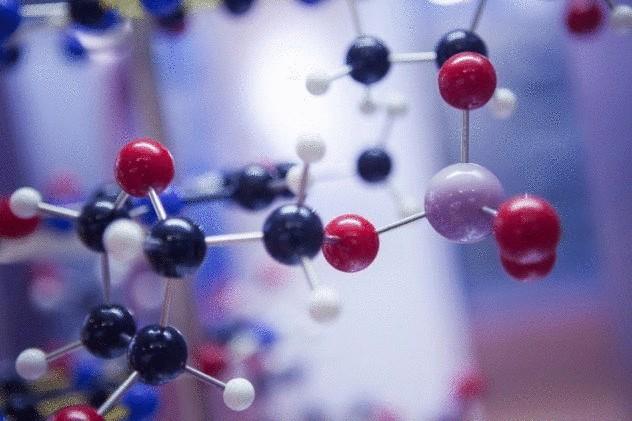
Under certain conditions, electromagnetic waves, the soul of global communication, becomes unusable. Think about the electromagnetic pulse that can knock out the communications satellite, and then any form of technology that depends on him, will be useless. We are familiar with such a scenario of apocalyptic movies. Also this question for many years, scientists from the University of Warwick in the United Kingdom and at York University in Canada, before coming to a sudden decision of a question.
Scientists have observed that some species of animals, particularly insects, use pheromones to communicate over long distances. After collecting data, scientists have developed a communication method in which messages are encoded in molecules of the evaporating alcohol. They have successfully demonstrated a new method using alcohol as a chemical signal and sent the first message, which is decrypted as "O Canada".
The method included the use of two devices, a transmitter and a receiver, which are coded and sent and received signal, respectively. You can dial a text message to the transmitter using One Arduino (a microcontroller with open source). The controller then converts the text to a binary code that is read by the electronic atomizer with alcohol. After reading the code, the atomizer replaces the "1" to injection, and a "0" leaves as blank. In the air, the alcohol is captured by the receiver in the air that contains the chemical sensor and the microcontroller. The data is then again translated in the text.
The message failed to send to a few meters on the open space. This method can be useful in environments of the type of underground tunnels or pipes where electromagnetic waves become useless.
Drive данных

Over the past few decades computers have experienced an exponential growth in computing power and storage capacity. This phenomenon was accurately predicted by James Moore more than 50 years ago and later became known as Moore's law. Nevertheless, many scientists — including the physicist Michio Kaku believe that Moore's law will one day stop working. This is due to the fact that the computational power of computers can not keep up exponentially with the existing production technology.
Although Kaku focused on processing power, the same applies equally to capacity. Fortunately, this is not the end. A team of scientists from RMIT University in Melbourne currently looking for alternatives. Under the leadership of Sarata Srirama, a team of scientists is on the verge of creating storage devices that mimic the method of storing information in human brain. The first step scientists was to create nanofilms, which is chemically programmed by storing electric charges in a state of "on" and "off". The film, which is thinner than a human hair 10,000 times, could become a cornerstone for the development of memory devices that emulate neural networks of the brain.
Наноискусство
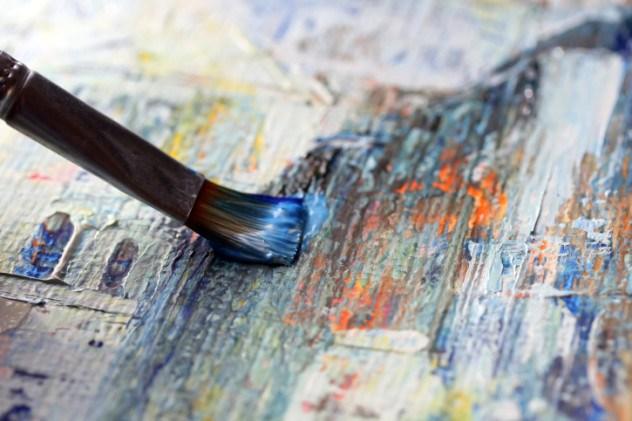
The future development of nanotechnology fascinates the scientific community. However, the achievements in the field of nanotechnology are not limited to medicine, biology and technology. Nanocluster is a developing area, which allows us to see the tiny world under the microscope with a completely new perspective.
As the name implies, nanocluster is a combination of art and nanoscience, which is practiced by a small number of scholars and artists. Among them John HART, a mechanical engineer from the University of Michigan, created nanopartic President. The portrait called "Noobama" was created for the President when he was a candidate during the 2008 presidential election. Each face of the portrait is less than half of a millimeter, and the whole portrait is made from 150 nanotubes. There remains only the question of time when this portrait can be printed.
New рекорды
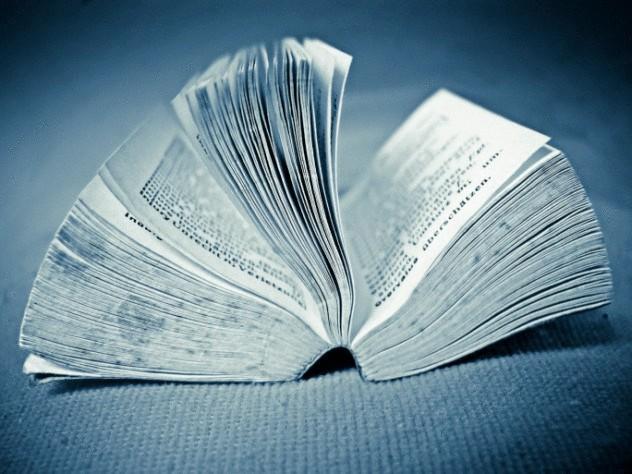
Mankind has always sought to build things stronger, faster, and more. But when it comes to the smallest things that come into play with nanotechnology. Among the smallest of things, created using nanotechnology, there is a book called Teeny Ted From Turnip, which is currently considered the world's smallest printed book. The size of the book is only 70 to 100 micrometers and filled with letters cut 30 pages from crystalline silicon. However, is this book a lot more than $ 15 000. In addition to reading it, you will need an electron microscope, is also not cheap.
Materials listverse.com
Source: hi-news.ru

